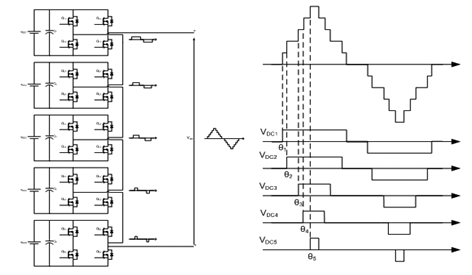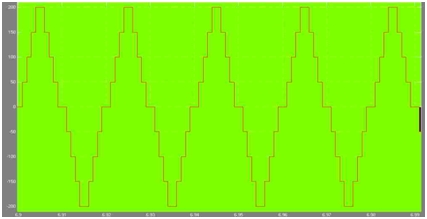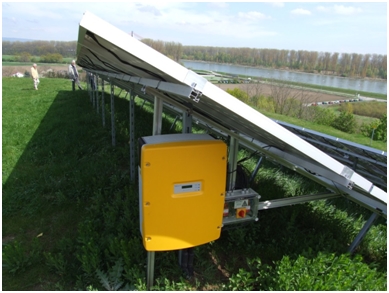Home › Electrical Engineering Forum › General Discussion › Introduction to Multilevel Inverter
- This topic has 1 reply, 2 voices, and was last updated 8 years, 8 months ago by
Anonymous.
-
AuthorPosts
-
2013/11/26 at 2:26 pm #11110
admin
KeymasterIn this part of his tutorial, Nasir, one of the members of the Electrical Engineering Community tells you about Multilevel inverters. Will you find it helpful?
An electrical power inverter is basically a circuit that converts a DC signal into an AC signal. First things first… why do we need inverters in the first place? That’s simple because AC signal is more useful in our daily appliances and it travels easily.
Now why multilevel inverters? That’s even simpler…..because it is easier to use multilevel inverters rather than using multiple power lines.
Another million dollar question is what’s the difference between a simple inverter and a multilevel inverter? The answer to this is as follows:
- Multilevel inverters give higher power
- They are operated through multiple switches instead of one
- They can use environmental friendly energies like wind and solar energy and convert them to AC
Working
Working of a multilevel inverter
Without going into different topologies, I am going to explain the working of a multilevel inverter. Now the key function of inverter is the switching frequency.
To convert a DC signal into an AC signal we require fast switching of DC signal giving us multiple levels. This turns into a staircase wave that is quite close to a sine wave.
Types
There are essentially three types of multilevel inverters:
- Cascaded H-Bridges:
Using H-Bridge Cascaded multilevel inverters, we can invert up to three voltage levels. Different positions of switches, determine different voltage levels.The circuit consists of diodes and switches. This is the most common type of inverter and usually uses Separate DC sources (SDCs).
However, due to recent advancements, single DC source H-Bridge Cascaded inverters can also be formed.
- Diode Clamped:
This type of inverter uses capacitors and diodes for inversion. The aim is to convert DC voltage into capacitor voltage. Proper precautionary measures should be taken in order to avoid over charging of capacitors. - Flying Capacitor:
This is a relatively complicated way of inversion, because the capacitors need to be pre charged, and is somewhat similar to diode clamped method. The difference is that clamping is done through capacitors instead of diodes.It is also known as imbricated cell multilevel inverter.
A lot of research is still underway regarding multilevel converters, owing to their usefulness. According to some researches the latter two of the above mentioned types are being combined. Numerous topologies have been presented to make most out of these.
Output Waveforms
The output waveform can be of two types:
- Sine wave
- Modified sine wave
While converting from DC voltage to AC voltage, there are two methods or modes:
- Either we convert the DC signal into Higher-Power DC signal and then convert it into AC.
- OR we convert DC to AC at the lower level and then using line frequency we get the required output voltage.
Applications
[caption id="attachment_7105" align="aligncenter" width="389"]
Inverter using solar energy as input[/caption]
A lot can be said about the potential applications of Multilevel Inverters. They are usually used in industrial applications. Multilevel inverters are inarguably important in the areas where we need high power. Some areas of usage are:
- Power conditioning
- Active Filters
- Industrial Motor Drives
- Power Grids
- Transportation
This article only introduces multilevel inverters. To understand them completely you need to take an inside on their circuitry which will be discussed in our tutorials further.
Nasir.
2016/03/09 at 8:05 am #13764Anonymous
GuestConsidering cascaded H bridge MLI, if switches are switched faster then the output frequency will be greater than 50hz?
-
AuthorPosts
- You must be logged in to reply to this topic.


 Inverter using solar energy as input[/caption]
Inverter using solar energy as input[/caption]